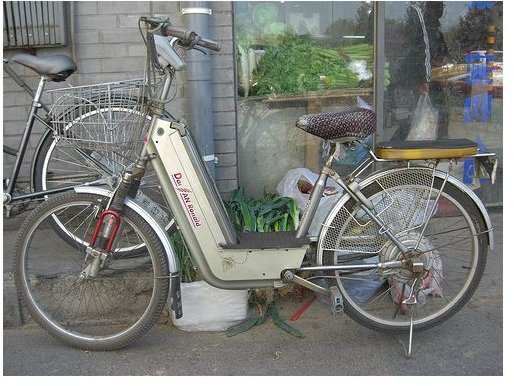Caring for Lithium Battery Packs for Powered Bicycles
Electric bicycles are gaining steam as the newest “green” transportation technology. Electric bikes are Electric bicycles are often lithium powered through the use of lithium ion batteries, which have relatively good energy density. Many electric bikes achieve a range of 40+ miles on a single charge - and that’s for electric power alone. When the engine is used to aid biking rather than as the sole source of power, electric bikes can achieve much larger range. The top speed of electric bikes can be as high as 34 mph, though typical cruising speeds are in the 20-25 mph range. The bikes slot into the category of light electronic vehicles (LEV’s), which are a rapidly growing segment of the transportation industry.
Though electric bikes have a number of advantages over internal combustion-powered bikes, such as legality, noise, and emissions, their use of lithium ion batteries means that they require some regular care. The remainder of this article provides useful advice for how to care for your lithium ion battery.
Image: Flickr - poida.smith - Chinese Electric Bike
Lithium Battery Care
Lithium ion batteries use the slow movement of charged lithium particles across a battery to store energy; the batteries recharge by, in essence, transporting the ions back across the battery. This allows the batteries to be lightweight and durable, and typical batteries can endure about 1000 full recharge cycles. This number can be skewed downward by several factors, however, so to get as much life out of your battery as possible it is necessary to take care of it. Additionally, lithium batteries lose storage capacity over time; luckily, careful use and charging will extend the battery’s useful life.
Temperature and Battery Life
Lithium ion battery life is adversely affected by temperature extremes. High temperatures cause irreversible damage to lithium ion batteries; this damage can be caused during charging or by high outside temperatures. A fully charged battery stored at 40o C (104o F) for a year will have lost 35% of its original storage capacity. The same battery stored at 0o C (32o F) loses only 6% of its capacity. The takeaway message here is that you should store your electric bicycle in as cool conditions as possible. This may mean taking your bicycle indoors in the summer (always a good idea with expensive bikes, anyway), or storing it in a cooler area. Another source of damage is heat from charging, which is most serious in batteries containing carbon anodes. Be careful not to overcharge batteries (such as by leaving them to charge overnight), as the resulting combination of high temperature and charge is very damaging.
The second most important bit of advice for lithium battery care is to avoid storage with a full charge. The recommended charge during storage is just 40%. A 40% charged battery stored in 40o C temperatures loses only 15% of its charge in a year, compared to 35% for a fully charged battery. Only charge your battery before you intend to use it, and never store it with a full charge. Conversely, the batteries should not be stored with very low charge, as this too can erode battery capacity. Ideally, the battery should be stored at cool temperatures with about a 40% charge (or just under half, if your gauge isn’t too accurate).
One important caveat to the storage temperature: lithium batteries do not operate well when cold. The battery capacity will be temporarily lowered when the battery is very cold, so warm it up before use. This loss in storage capacity is only temporary, however.
Some of the storage loss can be averted by fully charging and discharging the battery at least once each month. With proper care, you should be able to get up to 3 years of good use out of the battery.
Sources
How to prolong lithium-based batteries
